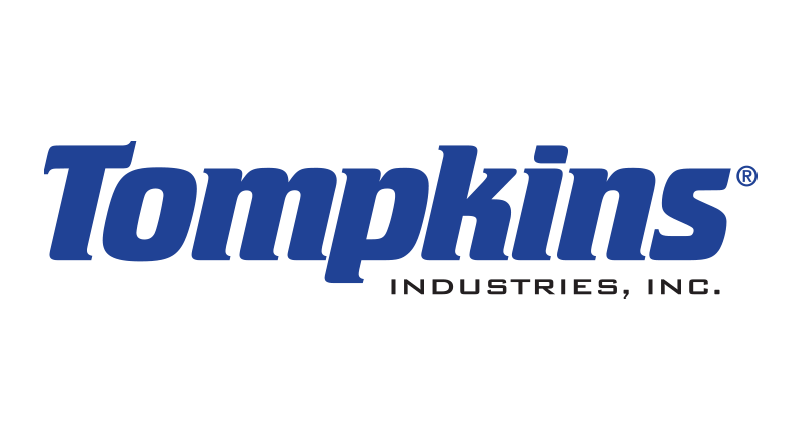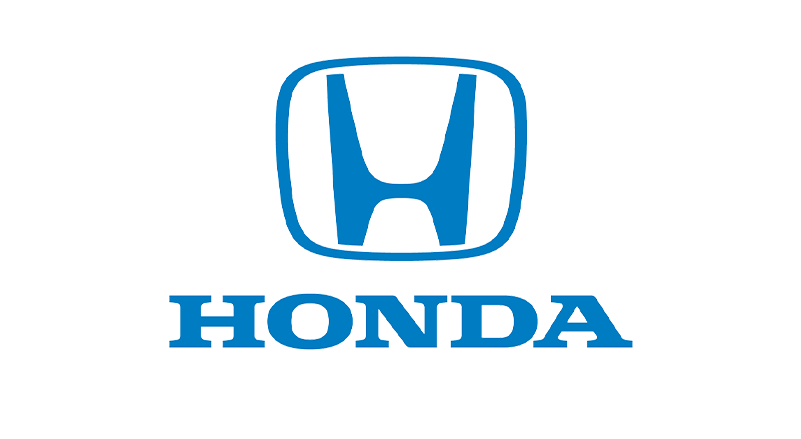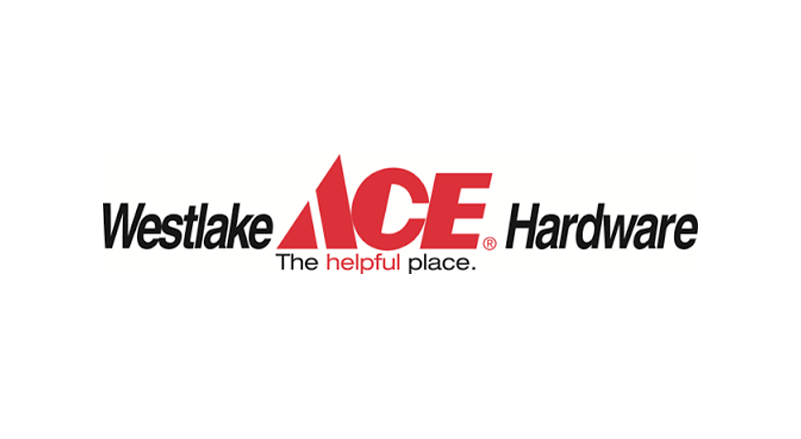Marriott Headquarters LED Lighting Upgrade - Saving Thousands while Saving Energy
Marriott's headquarters in Bethesda, MD is a great example of a building making smart use of lighting efficiency upgrades. The building, now over thirty years old, received LEED Gold certification in 2010, and continues to focus its efforts on ways to reduce energy consumption. (Read more about Marriott's green efforts in their 2014 Environmental Performance review.) In 2006, the company took on a massive efficiency overhaul of both indoor and outdoor lighting systems with the top priorities of the project being: to save energy, (and therefore money spent on utilities,) and improve safety of employees and patrons. Both objectives were met upon completion of the 14 month long project; the once dated and inefficient lights were replaced with brighter, whiter, more focused LED lights, creating a more pleasant and safer environment for everyone.

photo credit: GELighting.com
Outdoors, parking lots are lit by over 230 LED area lights, in addition to the nearly 400 LED lights in the parking deck combined with tunnel lighting and efficient T8 fluorescent lighting. The new outdoor lighting fixtures are expected to reduce electricity by 580,000 kWh per year, and will save Marriott approximately $70,000 in utility cost annually.
In addition to using more efficient lighting, project developers implemented motion sensors in the parking garage. The motion sensors reduce light output by 60% when the parking garage is empty, but return to full lighting output when any motion is detected. On top of the nearly $11,000 each year in energy savings the motion sensors are expected to generate, they alert security cameras to any movements, increasing safety of the grounds substantially.

photo credit: GELighting.com
Inside the 900,000 square foot building, over a thousand bulbs were switched to LED, generating a savings in electricity of 150,000 kWh and a utility savings of $18,000 each year. Furthermore, the LED lighting upgrade will save Marriott thousands each year in maintenance costs. While the previous bulbs were only expected to last a maximum of two years, the new LED bulbs offer over 50,000 hours of life, lasting up to seven years.
Overall, Marriott's LED upgrade will cut energy usage by 66% and is expected to save the company over $120,000 annually, (between utility and maintenance savings.) The project is expected to pay for itself in just over two years, however over $130,000 in rebates and savings were granted to help with upfront project costs.
To learn more about what an LED upgrade could do for your facility, contact our energy specialists today!
Source: LEDsMagazine.com





